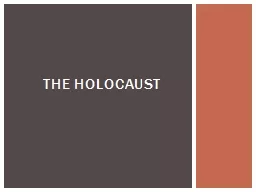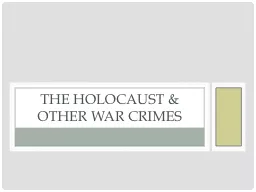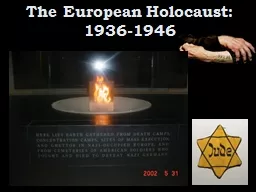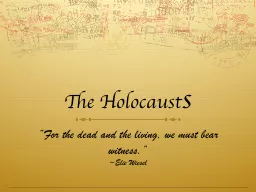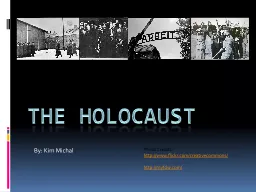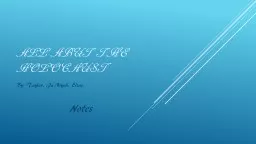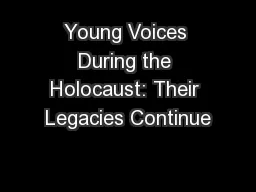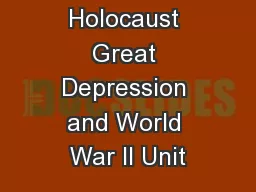PPT-A Literary Introduction to the Holocaust
Author : tatiana-dople | Published Date : 2017-09-11
Why we should never forget A short story Take out a sheet of paper and title it This Way to the Gas Next you will see sentences that begin this reading For
Presentation Embed Code
Download Presentation
Download Presentation The PPT/PDF document "A Literary Introduction to the Holocaust" is the property of its rightful owner. Permission is granted to download and print the materials on this website for personal, non-commercial use only, and to display it on your personal computer provided you do not modify the materials and that you retain all copyright notices contained in the materials. By downloading content from our website, you accept the terms of this agreement.
A Literary Introduction to the Holocaust: Transcript
Download Rules Of Document
"A Literary Introduction to the Holocaust"The content belongs to its owner. You may download and print it for personal use, without modification, and keep all copyright notices. By downloading, you agree to these terms.
Related Documents


